Opinion
Rare Finds — The Never-Produced Oysterquartz Perpetual Calendar
An Encounter
In 1999 I was offered a most unusual watch. From a distance, it appeared to be a steel Oysterquartz Datejust with a white gold bezel, ref 17014; but it wasn’t, as it had a Day-Date dial and functionality. Closer examination revealed several other oddities about it. The minute hand, for instance, moved in distinct half minute jumps; the hour hand could be moved in discrete one-hour jumps and the watch didn’t have the usual ‘double quick set’ feature. Instead, turning the crown in one direction advanced the date, whilst turning it in the opposite direction moved the date back by one day at a time.
The watch raised questions, and thankfully some of these questions were answered by an accompanying instruction manual for the watch, which described how to set the month and year. These instructions were essential because the watch had a perpetual calendar function. Of course, I bought it; but my research into the background of the watch did not stop there.
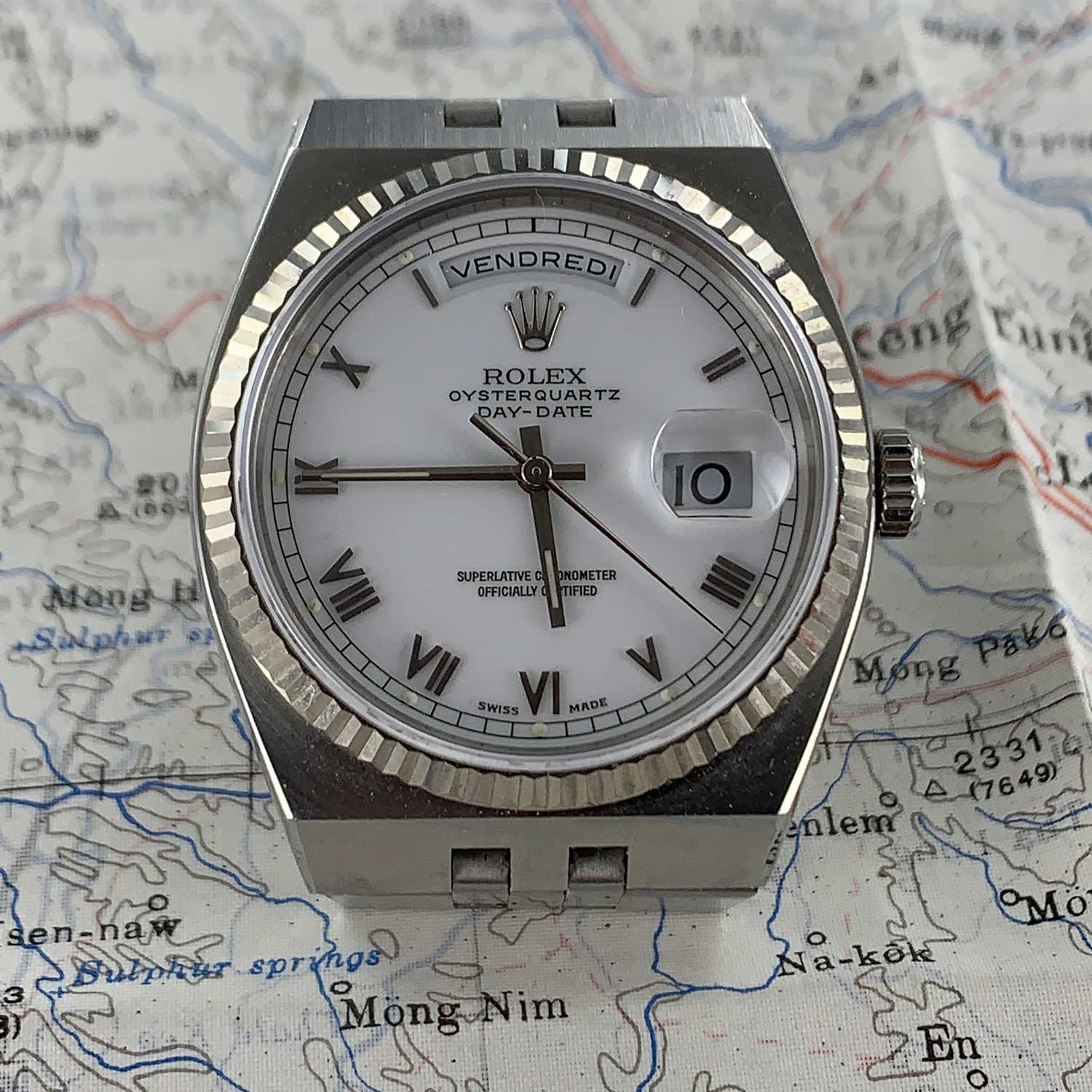
The Oysterquartz Perpetual Calendar timepiece belonging to James Dowling

Case back of the Oysterquartz Perpetual Calendar timepiece belonging to James Dowling
The Background
The story begins on 11 November 1987, when patent CH672222 was filed at the Swiss Federal Patent Office in Bern by Rolex. You can read the complete patent filing on Google Patent’s records, here. The patent described a method of programming a perpetual calendar wristwatch using the crown only. Rolex may be known for the almost relaxed pace of evolution, but in fact, the brand files more patents than any other Swiss watch firm. Most of these ideas never make it past the prototype stage, let alone production. But this one came close.
Then in November 2004, an unusual watch turned up as lot 121 in Antiquorum’s sale at the Noga Hilton, identical to mine. The watch aroused a great degree of interest, but it was suddenly withdrawn. Antiquorum later let it be known that the watch had been withdrawn after Rolex claimed that the watch belonged to them and had been stolen from the firm; a civil lawsuit followed between Rolex and the watch owner. Rolex’s claim was eventually dismissed, allegedly because it had never filed a police report, among other reasons. The court case sealed the authenticity of the watch.
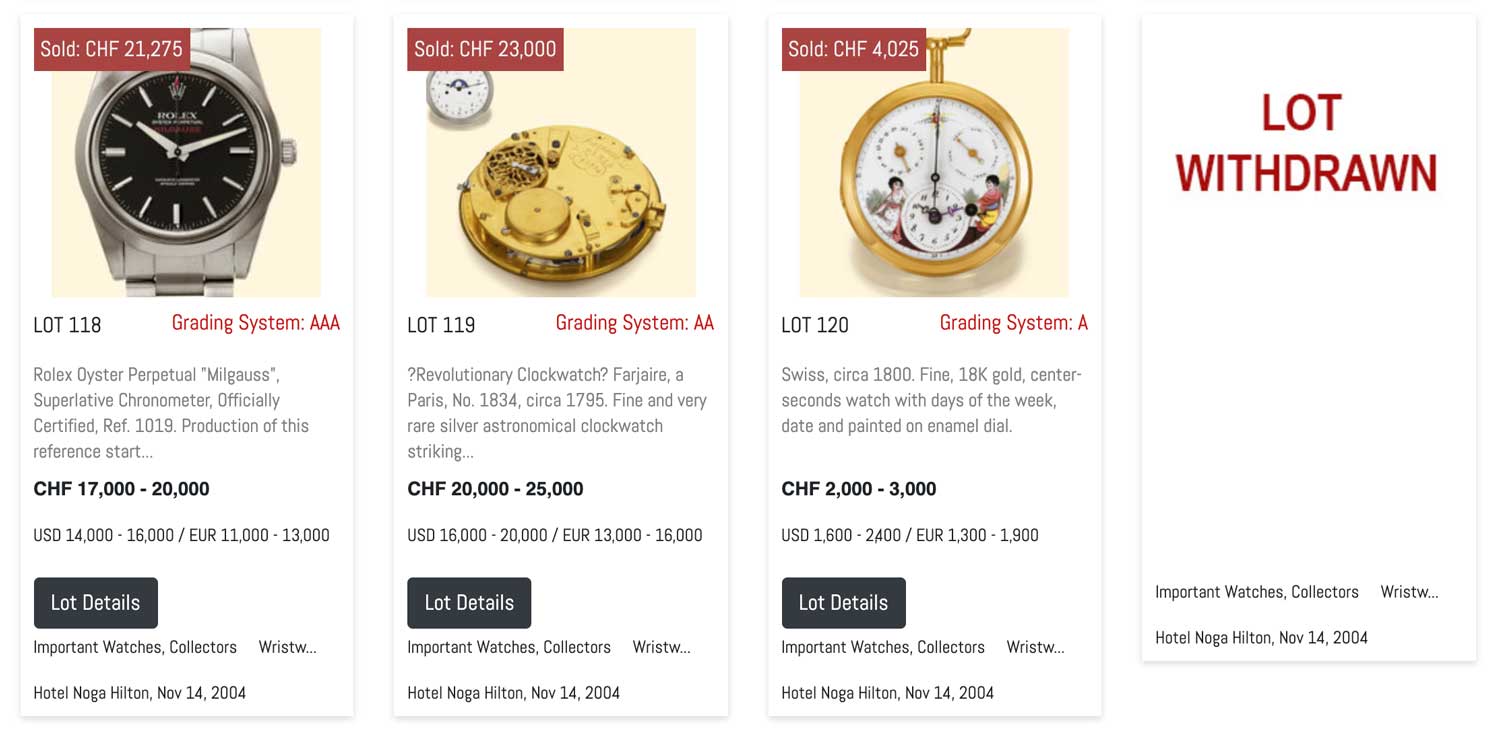
Lot 121 withdrawn from Antiquorum's sale at the Noga Hilton in November 2004
The Perpetual Calendar Oysterquartz Day-Date
The production Oysterquartz Day-Dates used the Rolex 5055 movement, whilst these prototypes used the 5355. A remarkable difference between the two movements was also that while the 5055 has an audible tick, the 5355 is completely silent.
The new movement had Geneva stripes, making it the only Rolex quartz movement with this level of finishing. There were two versions of the movement, as with the Oysterquartz Day-Date and Datejust versions, with a calibre 5335 for the latter. There are no confirmed numbers on the prototypes, but several sources have told me that around 20 were made, with the vast majority being Day-Dates. I have seen four of the Day-Dates over the years, and only one single example of the Datejust.
It has become one of my favourite watches, not just because it is extremely rare. The jump hour feature means that when I travel across time zones, the accuracy of the watch is not affected. I never need to worry about changing the date at the end of the shorter months due to the perpetual calendar and the battery life is phenomenal due to the 5355’s use of stepping motors for both the minute and seconds hands. The watch has a phenomenal 10-year battery life, although mine seems to give up the ghost between 7 and 8 years. Despite this small critique, I absolutely intend to keep the piece.
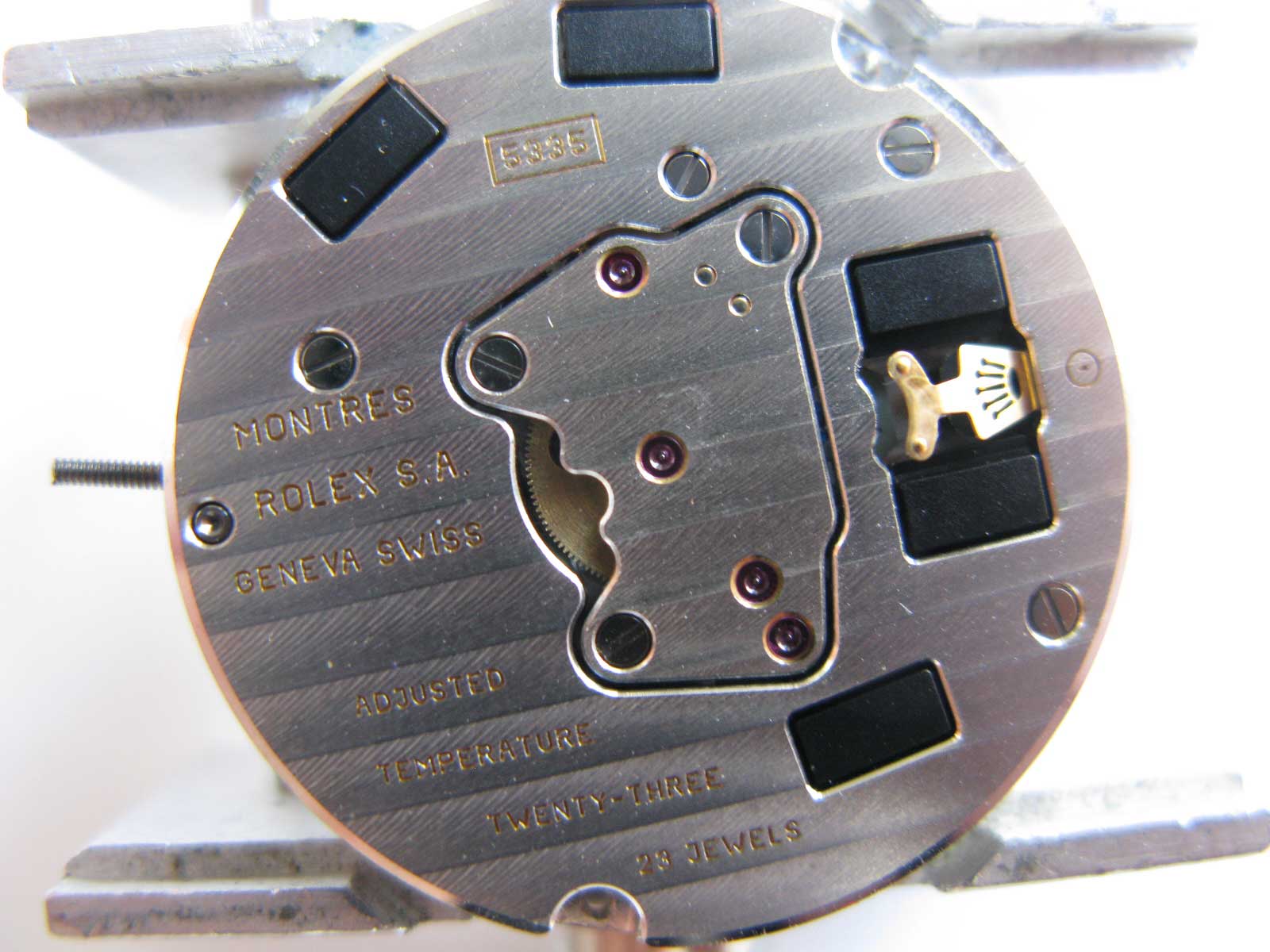
The calibre 5335 that powers the Oysterquartz Perpetual Calendar Datejust
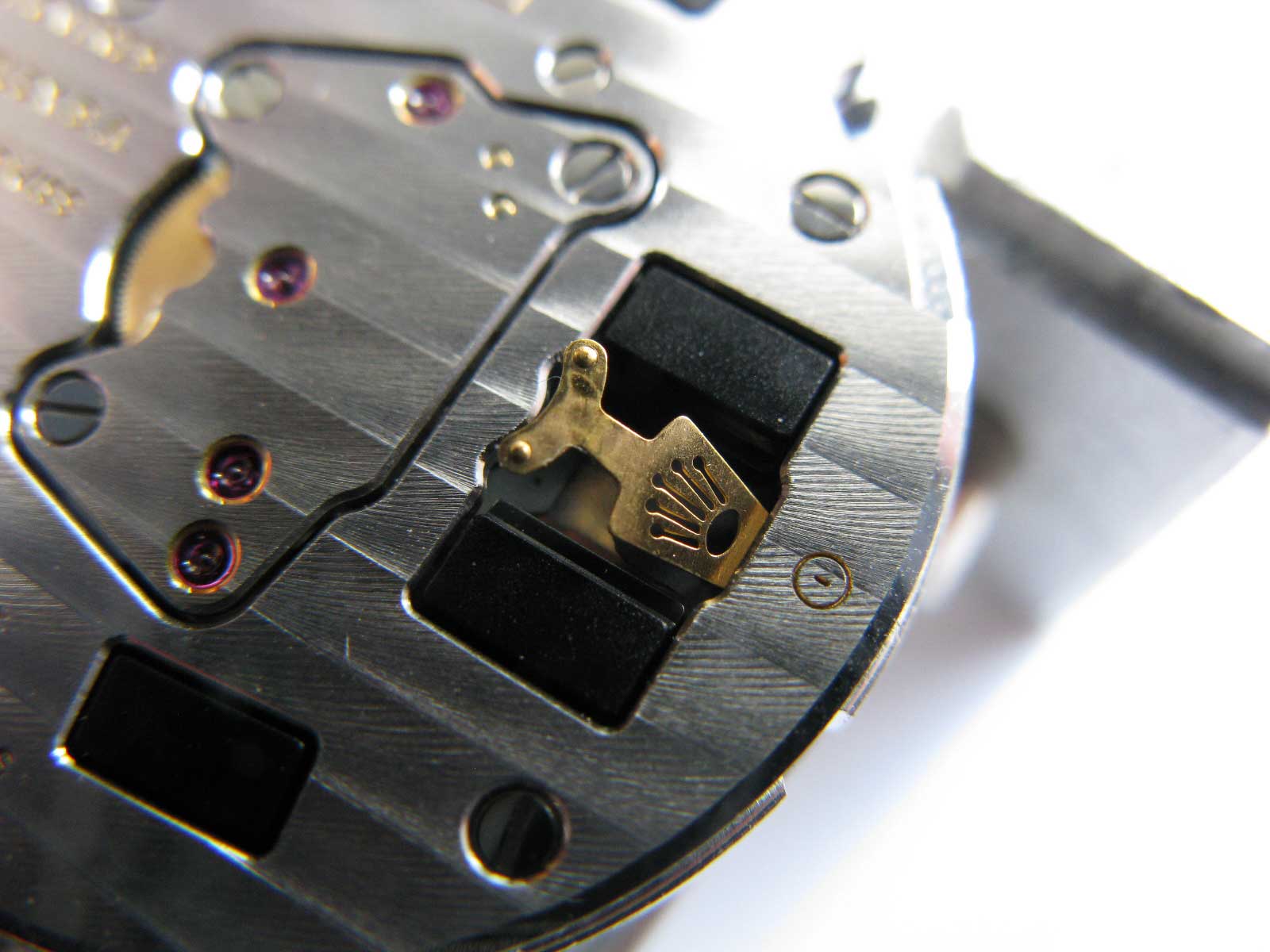
The calibre 5335 that powers the Oysterquartz Perpetual Calendar Datejust
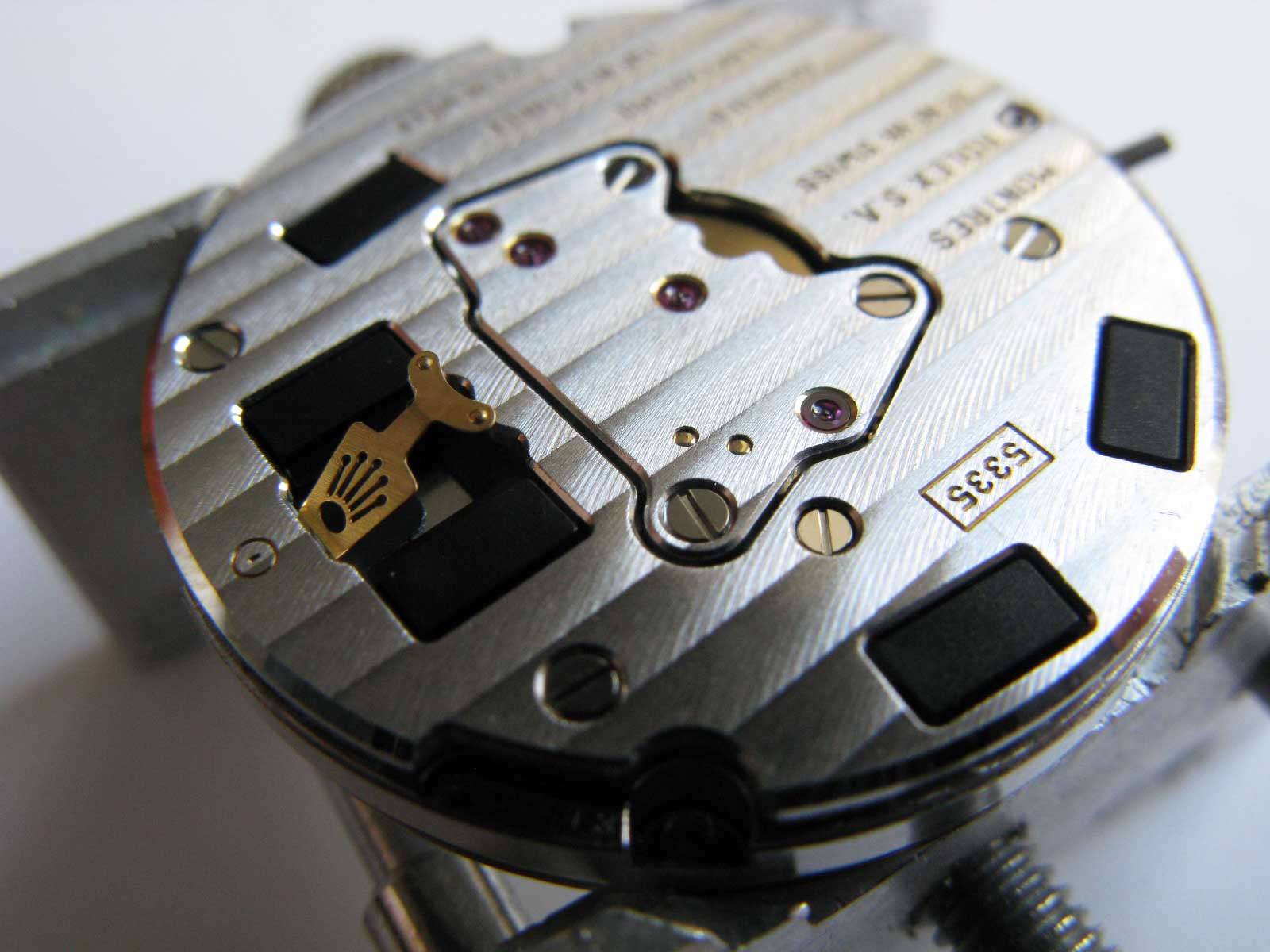
The calibre 5335 that powers the Oysterquartz Perpetual Calendar Datejust










